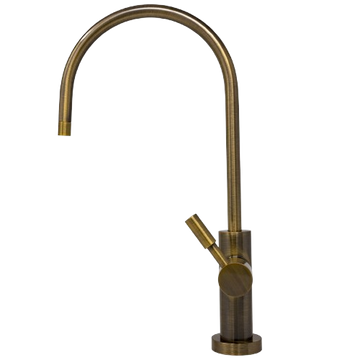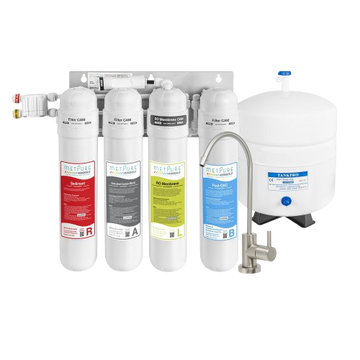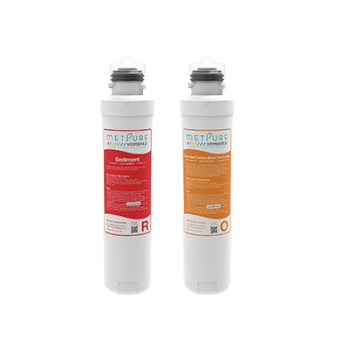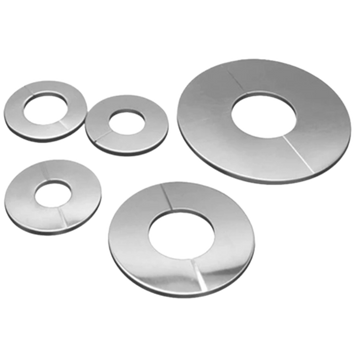If you want to remove fluoride from your drinking water there are several different types of filters that can do so. These include reverse osmosis, activated alumina and ion exchange, bone char carbon, and distillation.
Reverse osmosis systems are the best at fluoride removal and also reduce chlorine and chloramines, pharmaceuticals, PFAS (perfluoroalkyl substances) and other forever chemicals, arsenic, lead, chromium, mercury, and more.
What is a Water Filter?
A water filter is a device that cleanses your home’s drinking water. It typically lowers contamination through a physical barrier, a chemical process or by biologically reducing contaminants.
Fluoride is added to many city water supplies to promote dental health and prevent tooth decay. However, too much fluoride can lead to skeletal and dental fluorosis as well as thyroid issues and neurological problems.
Fortunately, there are several fluoride filters that can remove this dangerous substance from your water. Metpure Water Filters are one of the best overall water filters for fluoride removal as it targets numerous contaminants, suits a large family.
Reverse Osmosis
Reverse Osmosis (RO) is a water filtration process that utilizes semi-permeable membranes. The basic premise is that when you put two solutions with different concentrations of solutes separated by a semi-permeable membrane, solvent molecules will move to the side of the membrane where the concentration of the solute is lower until the concentration of both sides of the membrane are equal. This is called osmosis and it happens naturally without any energy source.
The reverse osmosis process works by using energy to force the solution containing contaminants through the membrane against the osmotic pressure. This is done by applying pressure to the more saline solution which forces the solution molecules through the membrane into the less saline permeate stream.
RO is used for a variety of purposes including desalination, as well as to concentrate juices like orange and tomato so that they require less heat-treatment. It is also a popular choice for people that live in rural areas with private wells because it allows them to control the quality of their own water supply.
Activated Carbon
Activated carbon is an adsorbent that works to remove organic chemicals from gaseous streams, such as air and water. It is able to do this by creating strong chemical bonds with the molecules and altering their structure.
The pore size of the activated carbon is a big factor in how well it absorbs chemicals. Larger pores can trap larger and heavier chemicals. Smaller pore sizes can pick up smaller, lighter chemicals.
Activated carbon is made from a variety of sources, including coal, coconut shells, and wood. It is treated to make it more porous and granular for use in filtration systems. The iodine number of the carbon is a good indicator of how much it has been used and how much more adsorption capacity it may have left.
Activated Alumina
The unsung hero of water filtration, activated alumina is an adsorption agent armed with a porous structure and surface area that’s practically begging impurities to hang out. Just like a cosmic dance party, these unwanted nasties can’t help but groove with the alumina as it absorbs them from the water.
Moisture is a major issue in industrial applications, causing products to degrade and equipment to fail. Activated alumina’s moisture-adsorption capabilities are critical to maintaining product quality and curtailing downtime in petrochemical processes.
Its desiccant functions by absorbing water molecules through adsorption, which it achieves through controlled heating of hydrated alumina. The heating process causes the alumina to rupture along planes of structural weakness, creating a well-defined pore structure and increasing its surface area. This increased adsorption efficiency allows it to achieve lower dew points than silica gel.
Bone Char Carbon
Bone Char carbon is a black, porous, granular material that results from heating animal bones to 1472 deg F in the absence of oxygen. This unique form of activated carbon has great mechanical strength and improved adsorption capacity for many chemicals, including fluoride, chlorine, chloramine, lead, copper and zinc.
Bone char can also reduce or remove nucleotides, arsenic, heavy metals, radioactive isotopes and organic compounds. It also removes tastes and odors, chlorine, and herbicides better than standard carbon.
The research progress in bone char applied as adsorbent and catalytic support for environmental remediation such as the decolorization of sugar liquor, drinking water defluoridation and the removal of organic pollutants and heavy metals. The physicochemical properties (pore structure, elemental composition, surface functional groups, ash content and pH) and pollutant removal behaviors of bone char are also comprehensively discussed.













